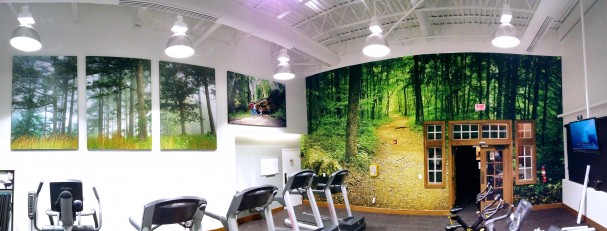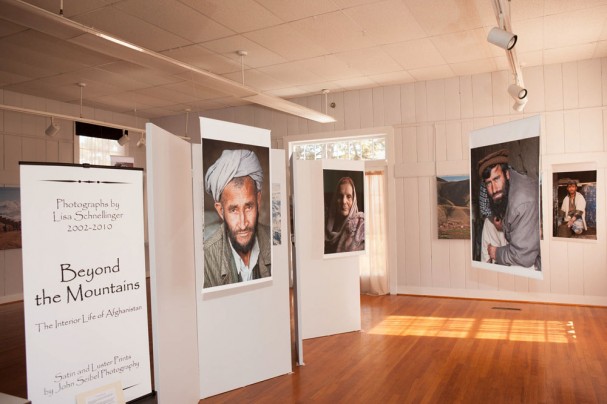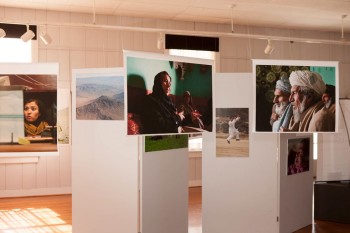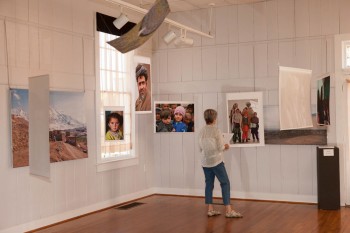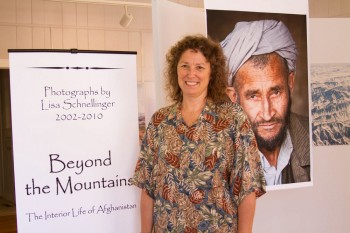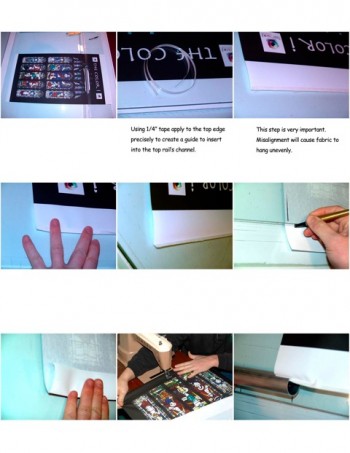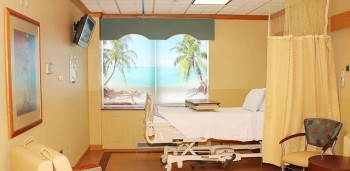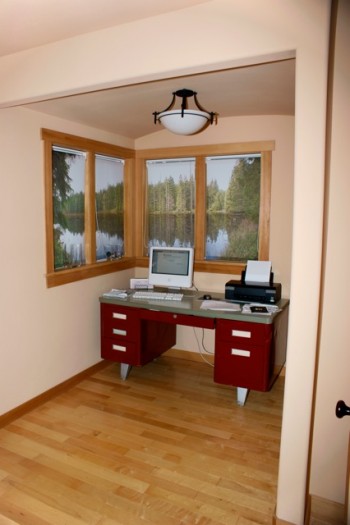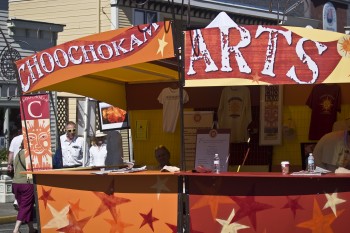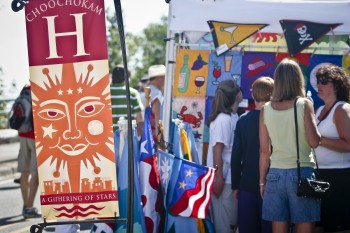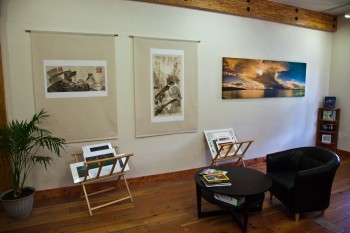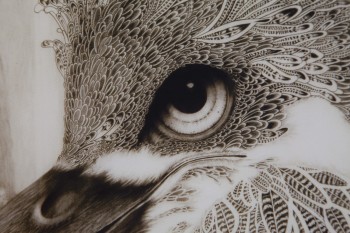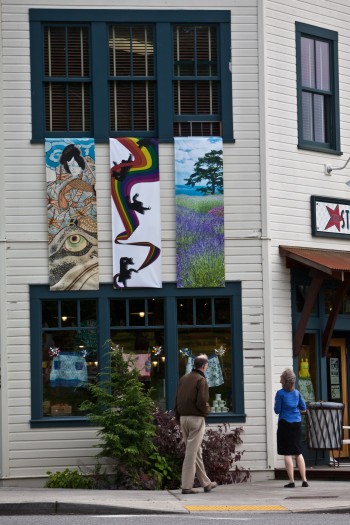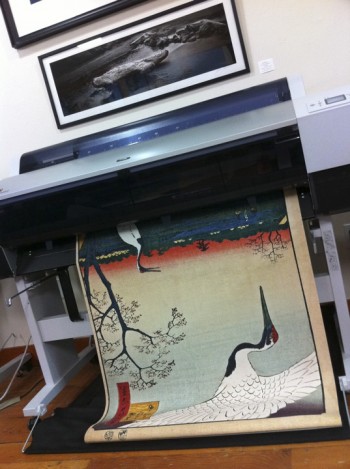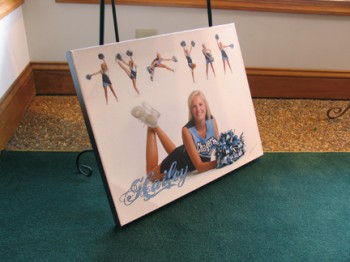Edward C. Robison, owner of Sacred Earth Gallery in Eureka Springs, Ark., captures stunning landscape and nature vistas that caught the eyes of Bass Pro Shops a few years ago.
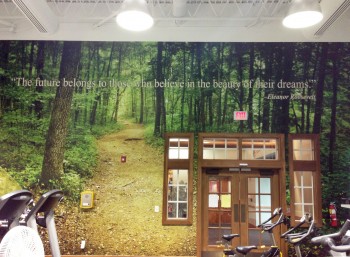 Since that time, Robison has been providing his unique images to Bass Pro Shops for various environments, as well as printing some of it for the outdoor retailer.
Since that time, Robison has been providing his unique images to Bass Pro Shops for various environments, as well as printing some of it for the outdoor retailer.
Most recently, Robison created a wall mural and canvas prints for the women’s exercise area at Bass Pro Shops’ corporate headquarters in Springfield, Mo. The idea was to bring the great outdoors indoors and create a relaxing and inspiring environment.
Robison printed the wall mural on Photo Tex PSA Fabric – Aqueous Printers from LexJet on his Epson Stylus Pro 11880 wide format inkjet printer. The mural was printed in 60″ x 16 1/2′ panels, to which Robison applied a matte varnish for extra protection.
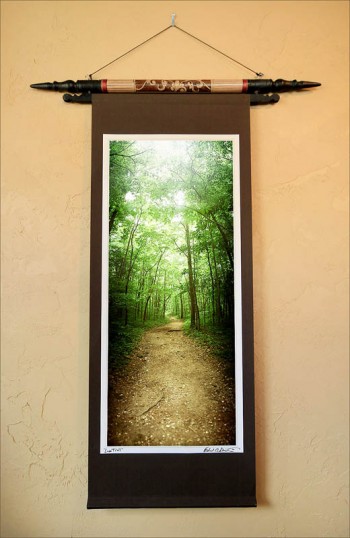
“The image I shot for the wall mural was with a Widelux camera, which is basically a double-wide 35 mm frame, and they really loved that image,” says Robison. “In Photoshop there’s an oil painting filter they’ve added to the newer version and I applied that, along with another filter, which got rid of the grain. Up close it really looks abstract, but when you get back five or ten feet it comes into sharp focus.”
Robison says this was the first wall mural he had installed and considered hiring someone to do it. However, given that Photo Tex is repositionable and relatively easy to work with, even on larger applications, Robison decided to give it a try. Besides, Robison says he’s a do-it-yourselfer and welcomed the opportunity to learn something new.
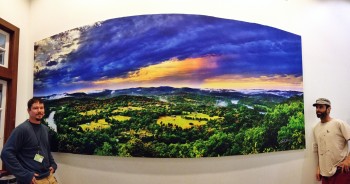
The installation went smoothly, with the help of a friend and a lift to reach the top of the mural and ensure it lined up properly. The most difficult part of the application was cutting around the various obstacles – windows, doorways, outlets, exit sign, etc. – but with great care Robison was able to create seamless transitions.
Robison has been creating nature and fine art images for the past 16 years, and selling his art at Sacred Earth Gallery for the past ten. He uses a variety of inkjet media for his creations, including LexJet Water-Resistant Satin Cloth for the hanging tapestries of his work that feature custom “poles” from which the tapestries hang.
For more about Robison’s work, go to www.edwardcrobisoniii.com, and be sure to check out his GigaPan image of Inspiration Point White River Sunset at gigapan.com/gigapans/101232

